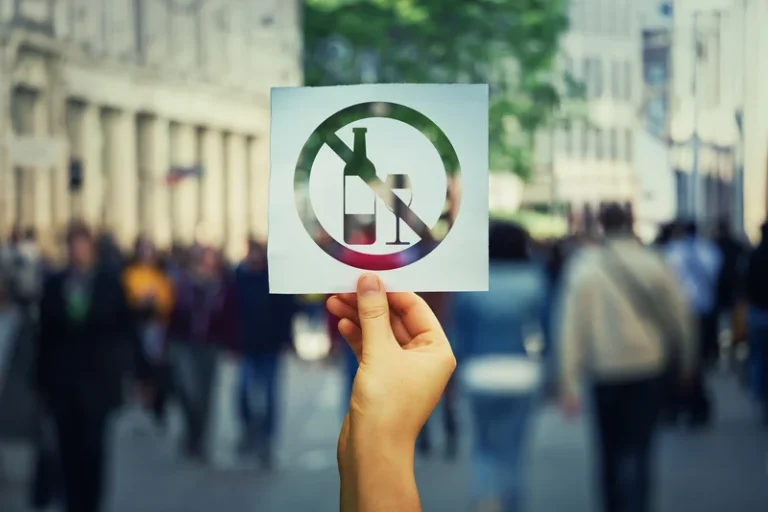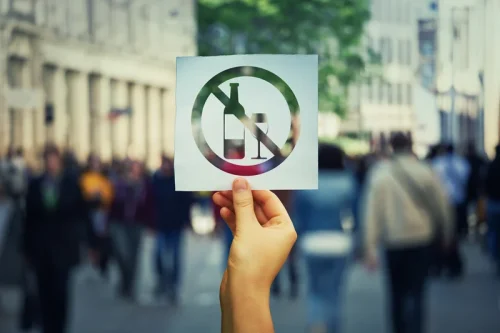ASU study finds black market marijuana regularly contains toxic mold

This level of distress highlights why CHS is much more than a minor digestive complaint. It represents a serious medical concern that can quickly spiral if someone doesn’t stop using marijuana or seek professional treatment. Continual bouts of extreme vomiting and pain can have a severe impact on overall health, including risks like dehydration and electrolyte imbalances. Two case reports detailed patients with complicated histories involving celiac disease, opioid usage and other factors who suffered symptoms of nausea and lower gastrointestinal problems without vomiting or alleviation by hot water (Sulak and Theisen, 2019). Both were able to tolerate intermittent cannabis usage in low concentrations, but with relapsing symptoms after any dose escalation.
- Accidental ingestion of neem oil by a 5-year-old boy (amount unspecified) resulted in status epilepticus and cardiac arrest with hypoxic brain damage and subsequent choreoathetoid movements after 2 months (Dhongade et al., 2008).
- In the meantime, the best way to relieve CHS symptoms is to stop using the drug.
- This unfortunate state of affairs has led people who have IBS to seek alternative remedies, one of which is the use of marijuana.
- Now that this condition is better recognized, sharing a full history of marijuana use with medical providers is vital.
- In the meantime, your best course of action is to work with your healthcare provider on a symptom management plan that is right for you.
Differences Between CHS and Cyclic Vomiting Syndrome (CVS)
Cannabinoid Hyperemesis Syndrome (CHS) is a condition that affects some people who use cannabis, especially over a long period. It’s a relatively new and lesser-known health issue that causes severe nausea, vomiting, and abdominal pain, often leading people to seek medical help. For many cannabis users, the symptoms can be confusing and alarming because cannabis is often thought to help with nausea.
How soon after cannabis hyperemesis syndrome treatment will I feel better?
It’s still possible to develop CHS if you use cannabis for many years without having any problems. Ceasing and abstaining from the use of cannabis is the only treatment that relieves and prevents symptoms of CHS, according to a systematic review on CHS management. THC and other chemicals in cannabis also bind to molecules in your digestive tract. These chemicals can change the time it takes your stomach to empty food. You can work with him to decide what care will be used to treat you. Symptoms of withdrawal can include disrupted sleep, increased heart rate, sweating, irritability and mood swings, according to the Centers for Disease Control and Prevention.
- Two case reports detailed patients with complicated histories involving celiac disease, opioid usage and other factors who suffered symptoms of nausea and lower gastrointestinal problems without vomiting or alleviation by hot water (Sulak and Theisen, 2019).
- If you’ve tried to quit weed in the past but found it too difficult, this might be a sign of a deeper marijuana addiction.
- While any amount of long-term cannabis use can lead to CHS, daily cannabis use seems to be more likely to cause CHS than using it less often.
- CHS is linked to heavy or long-term cannabis use, and while the exact cause is still being studied, there are several potential mechanisms and risk factors that may lead to this condition.
- You’ll likely undergo a physical exam, and your doctor might ask questions like how often you use cannabis, how long you’ve been using, and what patterns you notice about your nausea.
- From the few randomized controlled trials that do exist, one theory is that cannabinoids in marijuana affect acetylcholine and opioid receptors in addition to cannabis receptors, in this way providing IBS symptom improvement.
Differential Diagnosis

Cannabinoid Hyperemesis Syndrome (CHS) is a condition that affects some people who use cannabis for a long time. While cannabis is often used to relieve nausea, in the case of CHS, it has the opposite effect, making symptoms worse. If you’re stuck in a pattern of marijuana use and suspect you have CHS, getting treatment for addiction could be your lifeline. At Hope Harbor Wellness, our outpatient programs focus on helping people break free from substance abuse while also supporting their mental health. We understand how painful and confusing it can be to battle repeated bouts of nausea and vomiting.

What are the Risk Factors for Cannabinoid Hyperemesis Syndrome?
- People with CVS may have other triggers like migraines or stress, but their symptoms do not improve by stopping cannabis use, unlike those with CHS.
- Raising awareness about hyperemesis cannabis syndrome is vital as cannabis use grows.
- Cannabis is the most commonly abused drug in the United States (US).
- Here’s how CHS is diagnosed and how it differs from other conditions.
- In addition to frequent and severe vomiting, patients may have difficulty eating and drinking, and only find (temporary) relief in hot showers and baths.
This article will discuss the seemingly contradictory effects of cannabinoids on nausea and vomiting, and the prevailing theories about CHS’ mechanisms. People in the hyperemetic phase can take up to 12 hot showers or baths during the day to relieve symptoms. The hot temperatures may provide some relief as they affect your hypothalamus, the part of your brain that regulates both vomiting and your internal body temperature. By understanding these causes and risk factors, marijuana users can better recognize the signs of CHS and make informed choices about their cannabis use. Identifying what is cannabinoid hyperemesis syndrome early on can help prevent serious health problems and improve the quality of life for those affected. By recognizing these symptoms and understanding the different phases, marijuana users can better identify what is cannabinoid hyperemesis chs syndrome syndrome and seek proper medical care to manage and recover from the condition.

Cannabinoid Hyperemesis Syndrome (CHS) and Marijuana Use

But once you and your Twelve-step program provider identify CHS, you can start working on an effective plan to stop the cycle of vomiting. Because you still believe marijuana helps nausea, you might use it more often, accidentally making your condition worse. The ongoing but mild nature of this phase can fool people into thinking they just have a sensitive stomach or deal with morning sickness. Some reports note that CHS tends to appear more often in people who used cannabis heavily during their teen years. That early introduction might increase the likelihood of problems appearing in adulthood.
